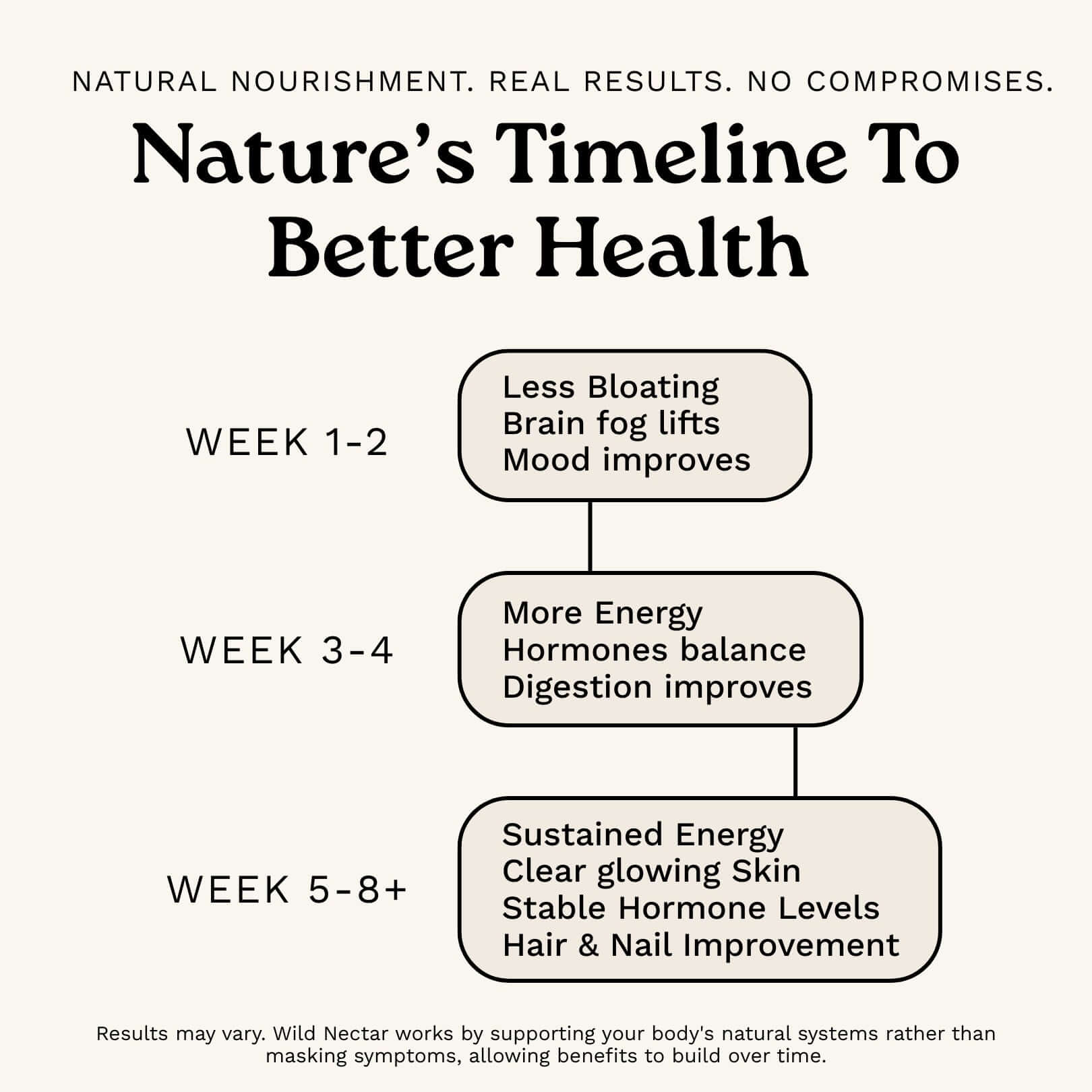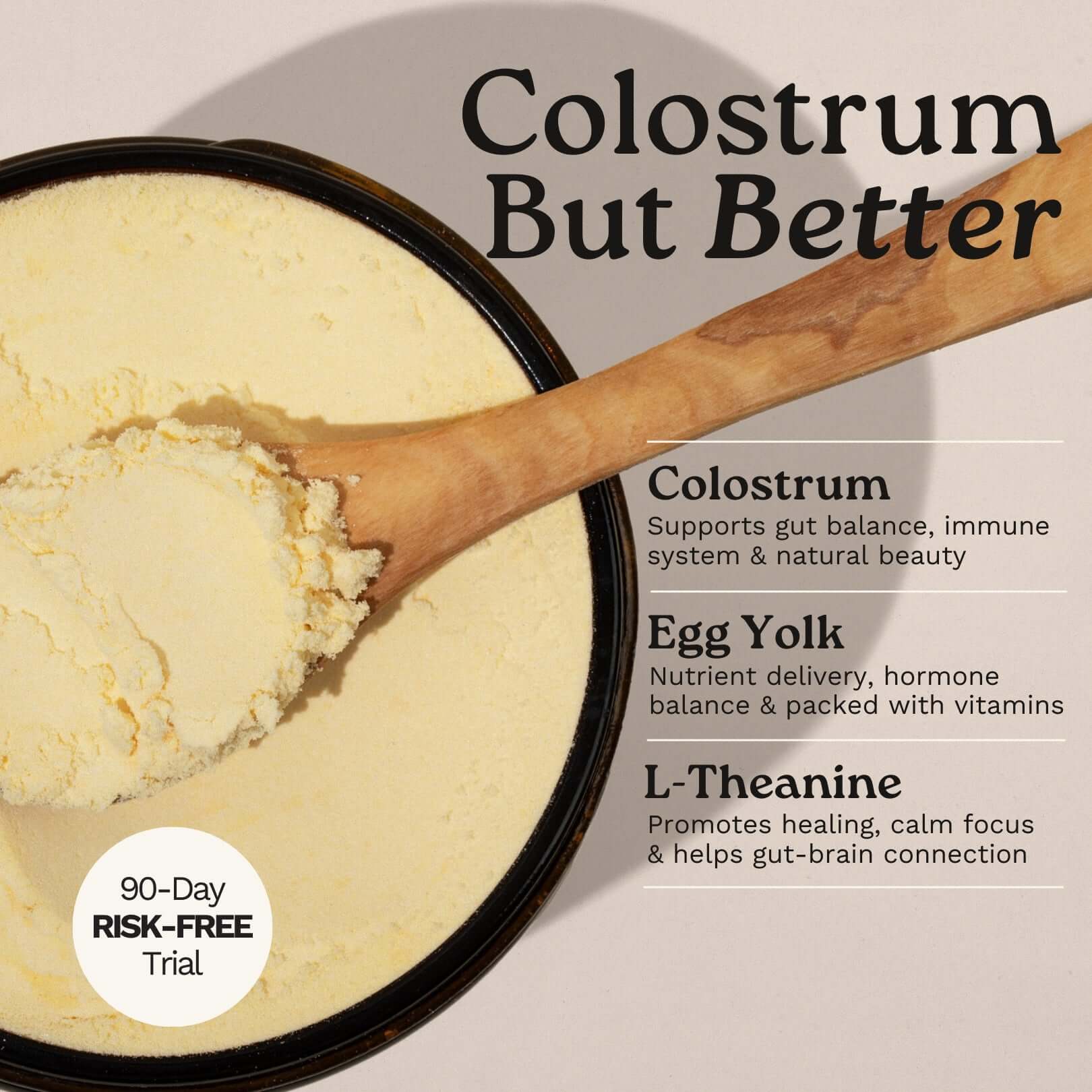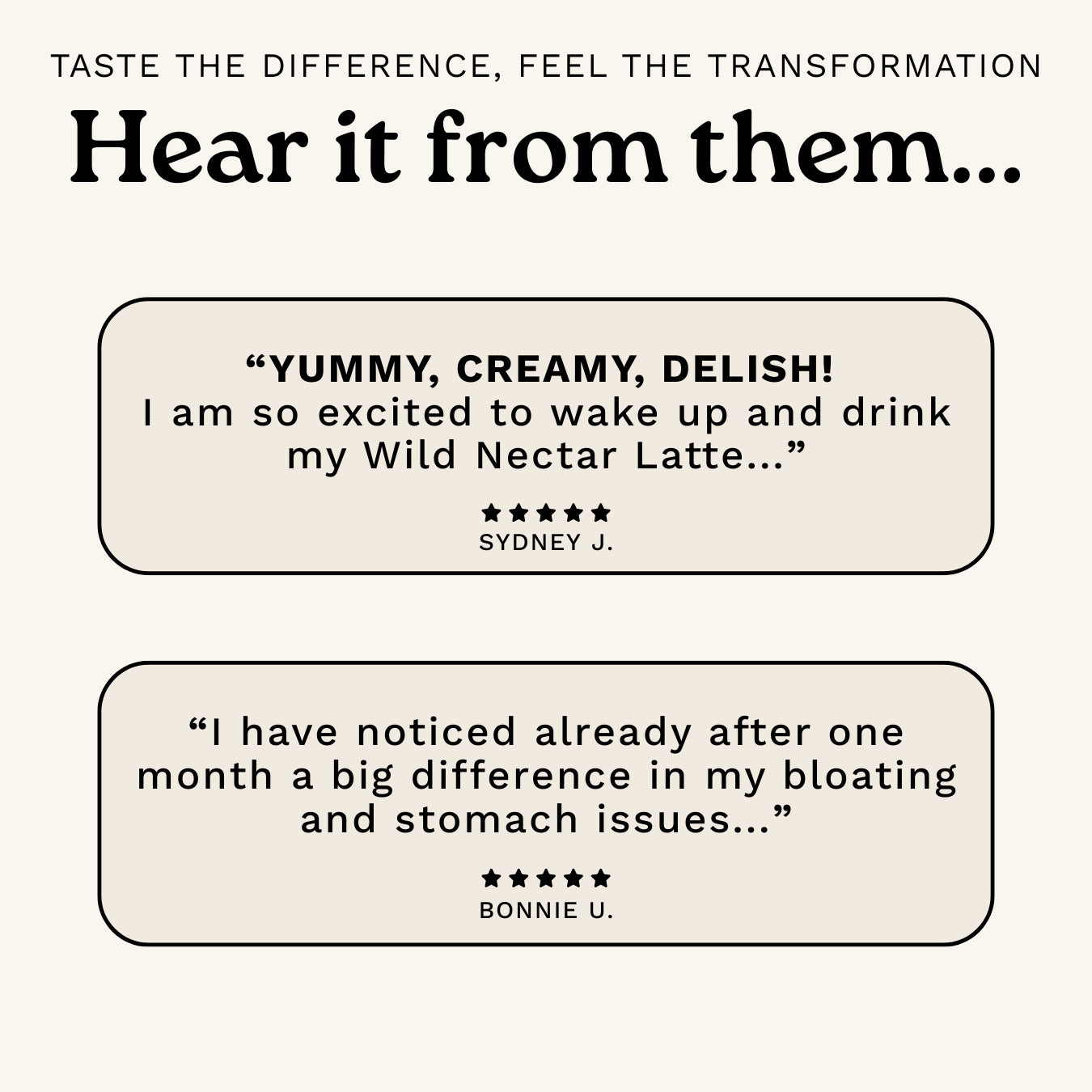How to Balance Hormones Naturally: A Beginner's Guide
Hormonal imbalances can affect your energy, mood, sleep, and overall health. The good news? You can balance hormones naturally through simple lifestyle changes. Here’s how:
- Diet: Eat omega-3-rich foods (like salmon), cruciferous vegetables (like broccoli), and fiber sources (like flaxseeds). Minimize processed foods and sugar.
- Herbs: Use ashwagandha to lower cortisol, vitex for reproductive health, and rhodiola for stress relief.
- Habits: Manage stress with breathing techniques, maintain a consistent sleep schedule, and exercise moderately (like walking or strength training).
- Supplements: Add magnesium, Vitamin D3, and omega-3s to support hormone production.
Start with small steps, track your progress, and expect noticeable changes within weeks to months. Keep reading for a detailed breakdown of foods, herbs, and daily practices to improve your hormonal health naturally.
How to Optimize Female Hormone Health for Vitality & Longevity
How Hormones Work Together
Your endocrine system functions like a well-coordinated orchestra, with each hormone playing an essential part in keeping your body in sync. Three major hormones - cortisol, estrogen, and insulin - are central to this balance.
Main Hormones and Their Roles
Cortisol helps regulate metabolism, energy, immune response, and sleep patterns. It naturally peaks in the early morning to help you wake up and ensures stable blood sugar levels throughout the day [4].
Estrogen and progesterone work together to support reproductive health. During the menstrual cycle, estrogen helps build the uterine lining, while progesterone stabilizes it after ovulation [5].
Insulin serves as your body’s blood sugar regulator, allowing cells to absorb glucose for energy. It relies on specific proteins to transport sugar from the bloodstream into muscles and fat tissue [3]. When working efficiently, insulin helps:
- Store extra glucose as glycogen
- Keep energy levels stable
- Aid muscle recovery
Common Signs of Hormonal Imbalances
When hormones are out of sync, your body often sends clear signals. Below are some of the most common indicators identified through clinical research:
| Hormone | Primary Signs | Secondary Signs |
|---|---|---|
| Cortisol | Persistent fatigue despite enough sleep [4] | Weight gain around the abdomen [3] |
| Estrogen | Irregular menstrual cycles [5] | Mood swings and disrupted sleep |
| Insulin | Increased hunger and cravings | Energy dips after meals |
Chronic elevation of cortisol can lead to decreased insulin sensitivity, suppressed reproductive hormones, and heightened inflammation [1][3]. This chain reaction highlights why stress-relieving options, like ashwagandha (covered later), often benefit multiple hormonal systems.
Understanding these connections sheds light on how the dietary choices we’ll cover next can support several hormonal processes at once.
Foods That Support Hormone Balance
What you eat every day plays a key role in how your hormones function. Choosing the right foods can help stabilize blood sugar, support reproductive health, and naturally maintain balanced hormone levels.
Best Foods for Hormone Health
Certain foods can have a big impact on hormone health by working in different ways. For example, wild-caught salmon is rich in omega-3 fatty acids, which help reduce inflammation and aid in hormone production [5]. To get the most benefit, aim for two 4-ounce servings per week.
Another great option is ground flaxseeds. Studies suggest that 1-2 tablespoons daily can help regulate estrogen levels thanks to their lignans, while also providing much-needed fiber [5].
Here’s a quick guide to building a hormone-friendly plate:
| Food Category | Top Options | Daily Target |
|---|---|---|
| Healthy Fats | Wild salmon, Brazil nuts, olive oil | 2-3 servings |
| Fiber Sources | Ground flaxseed, chia seeds, legumes | 30+ grams |
| Cruciferous Vegetables | Broccoli, cauliflower, kale | 1½ cups |
| Fermented Foods | Tempeh, kimchi, kefir | 1-2 servings |
For better nutrient absorption, pair turmeric with black pepper and soak nuts overnight to improve mineral availability [1][5].
Foods That Control Blood Sugar
Keeping blood sugar stable is critical for hormone health. Research shows that cinnamon can improve insulin sensitivity by up to 29% [4]. Try adding ½ teaspoon to your coffee or smoothie in the morning.
Another smart choice is quinoa, which has a lower glycemic index compared to white rice. This helps prevent insulin spikes that can interfere with ovarian function and cortisol production [3][6].
Here’s an example of a daily menu: chia breakfast pudding, a salmon and kale salad, Brazil nuts with dark chocolate, and turmeric-roasted cauliflower with tempeh.
When buying packaged foods, check for less than 5 grams of added sugar per serving and skip anything with soybean oil. Also, opt for items stored in glass to avoid exposure to hormone-disrupting chemicals from plastic [1].
Specific tips for certain groups:
- PCOS patients might benefit from adding spearmint tea to their routine.
- Menopausal women may find flaxseed especially helpful [1].
Most people start noticing gut-related improvements in hormone function within 2-4 weeks of these dietary changes [5]. For changes tied to menstrual cycles, it typically takes about three months.
These dietary principles can work alongside targeted herbs, which we’ll dive into next, to further enhance hormonal health.
Herbs That Balance Hormones
Nutrition lays the groundwork for hormonal health, but certain herbs can take your results to the next level.
Stress-Reducing Herbs
Stress management is key for hormone health, and some herbs can help. Ashwagandha is a standout, with studies suggesting 300mg taken twice daily can effectively reduce cortisol levels [1][3].
Another option is Rhodiola rosea. A single 400mg morning dose has been shown to reduce burnout symptoms by 68% in clinical trials [1].
For a gentler option, lemon balm is worth considering. Thanks to its rosmarinic acid, 600mg of lemon balm extract taken in the evening has been shown to lower anxiety scores by 18% compared to a placebo [1].
Timing is crucial when using these herbs. Here's a quick guide:
| Herb | Daily Dose | Best Time to Take | Key Benefit |
|---|---|---|---|
| Ashwagandha | 300mg 2x daily | Morning and evening | Reduces cortisol levels |
| Rhodiola | 400mg | Morning only | Eases burnout by 68% |
| Lemon Balm | 600mg | Evening | Lowers anxiety by 18% |
Herbs for Reproductive Health
For reproductive health, vitex (chasteberry) is a strong option. In a 3-month study, 93% of participants with PCOS experienced restored cycle regularity [1].
Shatavari (Asparagus racemosus) is another herb to consider. Clinical trials show that a 500mg daily dose improved menstrual cycle regularity by 82% [1].
Preparation is just as important as dosage. For example, vitex is most effective when used as a water-based extract or a 1:5 alcohol tincture, as these forms retain its active compounds better than capsules [1].
Safety First: Herbal Synergy Matters
When using hormone-supportive herbs, safety is key:
- Avoid combining multiple hormone-active herbs without consulting a healthcare professional.
- If you're taking dopamine-affecting medications, steer clear of vitex [1].
- Limit black cohosh use to no more than six months to avoid potential liver issues [1].
For added benefits, pair spearmint with zinc picolinate. This combination has been shown to boost testosterone-balancing effects by 56% compared to using spearmint alone [1].
These herbs work best when combined with daily habits that support hormonal health. Let’s dive into those next.
sbb-itb-38c6ecd
Daily Habits for Hormone Balance
While herbs offer targeted support, building daily habits can provide the steady foundation your hormonal systems need to function well.
Stress Management Methods
Managing stress effectively often begins with something as simple as breathing. The 4-7-8 breathing technique, supported by clinical research, helps lower cortisol levels during stressful moments [4]. To get the most out of it, try slow diaphragmatic breathing at a pace of about six breaths per minute.
Adding yoga to your routine can also make a difference. A 20-minute morning yoga session has been shown to lower cortisol levels by 25% [4]. Pair this with morning sunlight exposure to help regulate your circadian rhythm [6].
Sleep Tips for Better Hormones
A regular sleep schedule can amplify the effects of stress-reducing herbs like ashwagandha. Research highlights some key practices:
| Sleep Factor | Optimal Setting | Hormone Impact |
|---|---|---|
| Room Temperature | 65°F (18°C) | Encourages melatonin production |
| Sleep Habits | Avoid screens 90 minutes before bed; stick to a ±30-minute sleep schedule | Prevents up to 50% melatonin suppression |
Studies also show that using screens at night can increase insulin resistance markers by 22% [4]. If you need to use devices, consider wearing amber-tinted glasses to reduce blue light exposure [6].
Best Exercises for Hormones
When it comes to exercise, intensity and timing are more important than how long you work out. Focus on moderate strength training twice a week and make daily walks part of your routine. Overdoing it with high-intensity workouts can lead to cortisol spikes.
A 30-minute brisk walk each day is especially helpful. This simple activity supports hormone balance without causing unnecessary stress on your body [4].
Supplements for Hormone Health
While herbs and diet lay the groundwork, supplements can help fill in nutrient gaps and improve hormone balance. Research highlights that the right combinations and delivery methods can make a big difference in how effective they are.
Key Supplements Guide
Hormone-supporting supplements often rely on key nutrients that work well together. For example, Vitamin D3 in liposomal form has an absorption rate of 90%, compared to just 50% for tablets [3]. Pairing D3 with K2 enhances calcium metabolism by 32% [3].
| Nutrient | Daily Dosage |
|---|---|
| Vitamin D3 | 2000-5000 IU |
| Magnesium | 300-450mg |
| Omega-3s | 1000-2000mg EPA/DHA |
| Adaptogenic herbs | 600mg |
Magnesium glycinate stands out for better absorption and is particularly helpful for relieving menstrual cramps [3]. Taking it in the evening can also improve sleep and aid hormone production [4].
Adaptogenic herbs, known for adrenal support, are most effective when taken in cycles - three weeks on, followed by one week off [1].
UNTAMMED Wild Nectar Benefits

For those seeking a holistic approach to wellness, UNTAMMED Wild Nectar offers a synergistic blend of nature's most potent nutrients:
- Combines pure egg yolk (rich in bioavailable choline, supporting a 67% improvement in cognitive function) with sacred colostrum (shown to enhance immune response by 43%)
- L-theanine promotes balanced cortisol levels and cognitive clarity, with studies showing a 38% reduction in stress markers while maintaining natural energy
This ancestral formula honors your body's innate wisdom, delivering nutrients in their complete, wild-sourced form - ensuring up to 65% better absorption compared to synthetic supplements.
To witness your transformation, observe these key markers of vitality:
- Mental clarity and sustained focus
- Natural energy without crashes
- Hormonal harmony
- Balanced mood and resilience
Remember that true wellness emerges when we align with nature's wisdom through both nourishment and lifestyle practices that honor our body's deep intelligence.
What Not to Do When Fixing Hormones
It's important to avoid certain habits when addressing hormone imbalances. Hormonal systems work best with steady, natural inputs - something to keep in mind as you implement healthier strategies.
Caffeine and Energy Drinks
Too much caffeine can throw off your body's natural hormone balance. Studies show that consuming over 300mg of caffeine daily can increase cortisol levels by 30% in women [4]. That’s a significant impact on stress hormones.
If you're looking to cut back on caffeine, here are some alternatives:
| Beverage | Benefit for Hormones |
|---|---|
| DandyBlend | Provides energy without caffeine |
| Rhodiola Tea | Helps manage morning stress |
| Lemon Balm Tea | Promotes relaxation in the evening |
Energy drinks are even worse. They often combine ingredients like taurine and guarana with caffeine, which can amplify cortisol production by 18% beyond caffeine alone [6].
Risks of Synthetic Hormones
Synthetic hormone treatments might seem like an easy solution, but they come with serious risks. For example, research from the Women’s Health Initiative shows that synthetic progestins can increase breast cancer risk by 26% [7]. In contrast, natural progesterone has shown protective effects.
The comparison between natural and synthetic options is clear:
- Natural Alternatives: Provide symptom relief without increasing cancer risk and are just as effective as conventional treatments.
- Synthetic Hormones: Pose higher risks, including a 29% increased chance of stroke [1][3] and unwanted side effects due to their artificial structures.
These risks highlight why natural solutions, like the ones discussed in the herbs and supplements sections, are safer and more reliable for long-term hormone health.
Next Steps for Better Hormone Health
Now that we've covered what to avoid, let's dive into a step-by-step plan to help restore hormonal balance.
Phase 1 (Month 1): Focus on key foods from Section 3 that promote balance, especially those rich in omega-3s and zinc. Set daily goals like:
- 2-3 servings of omega-3-rich foods
- 25-35g of fiber
- 15-20mg of zinc from sources like pumpkin seeds or oysters
Phase 2 (Month 2): Start incorporating adaptogens, one at a time, as described in the Herbs section. Pay attention to how they affect your body over at least three menstrual cycles [1]. Many women report fewer PMS symptoms during this phase [1].
Phase 3 (Months 3+): Add targeted supplements, as discussed in Section 5, while sticking to your established dietary habits. Choose supplements with nutrients that are easy for your body to absorb and that align with your overall plan [3].
To get the best results:
- Regularly test and track hormone levels
- Note any improvements in PMS symptoms
- Keep an eye on changes in energy and sleep quality
Studies show this phased method can yield better long-term outcomes. It works hand-in-hand with the dietary and herbal strategies we've already covered.
FAQs
What is the natural remedy for hormonal imbalance?
Balancing hormones naturally often works best through a step-by-step plan, starting with diet changes and adding herbal remedies over time. Here’s a breakdown:
- Dietary Changes: Focus on foods rich in omega-3s, such as wild salmon (3 oz provides 1.5 g of EPA/DHA), and plant-based options that promote progesterone production [3].
- Herbal Remedies: Lemon balm is a good starting point for beginners, as it helps boost dopamine and regulate mood [1][3].
- Practical Steps: Start by adding cruciferous vegetables and flaxseeds to your daily meals. After 2–4 weeks, consider incorporating adaptogens like ashwagandha. Many people notice initial improvements within 4–6 weeks, but full hormone balance may take 3–6 months with consistent effort [3].
- Additional Tips: Turmeric is highly recommended, especially when paired with black pepper, as mentioned in Section 3 [1][2].
For the best outcomes, combine these natural remedies with stress management and better sleep habits (discussed in Sections 4 and 5). Following these steps consistently can lead to long-term hormonal health.














Leave a comment